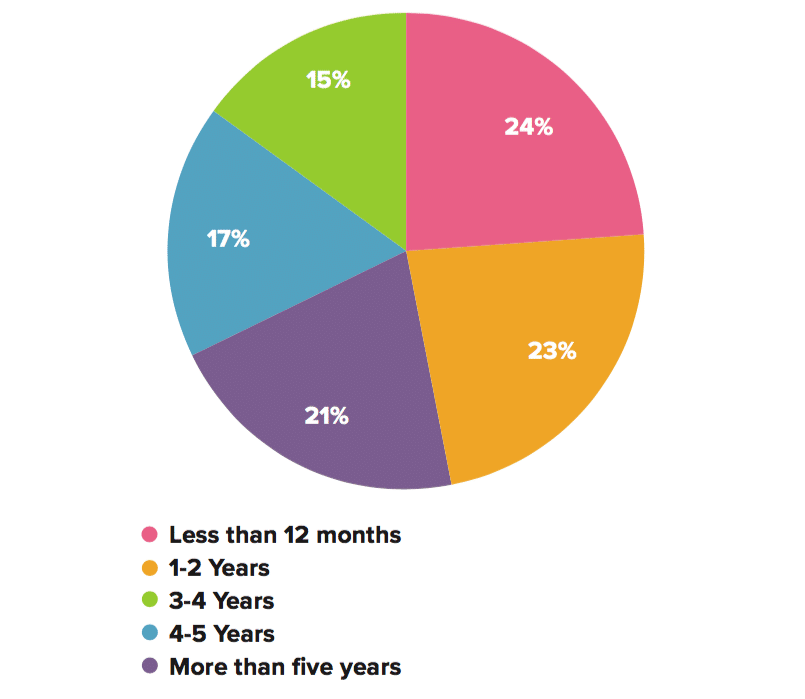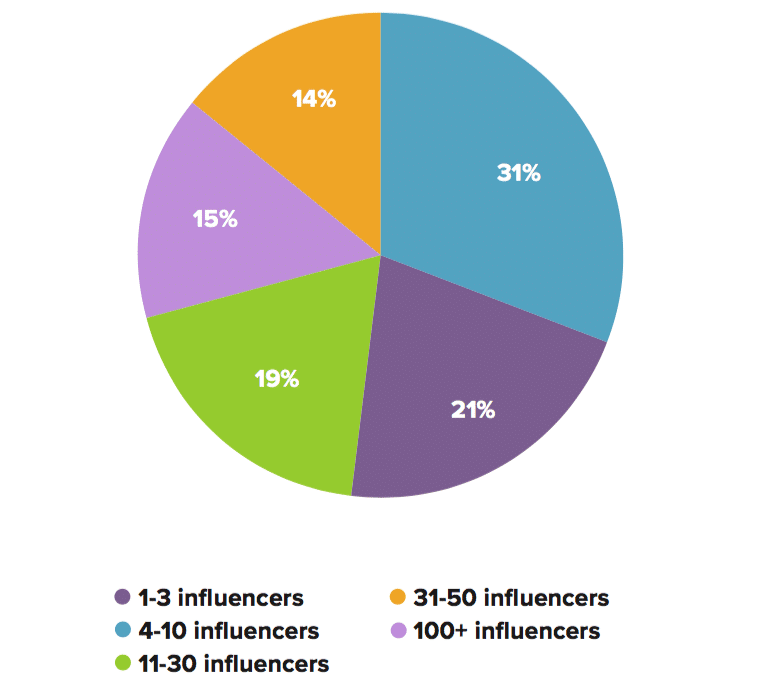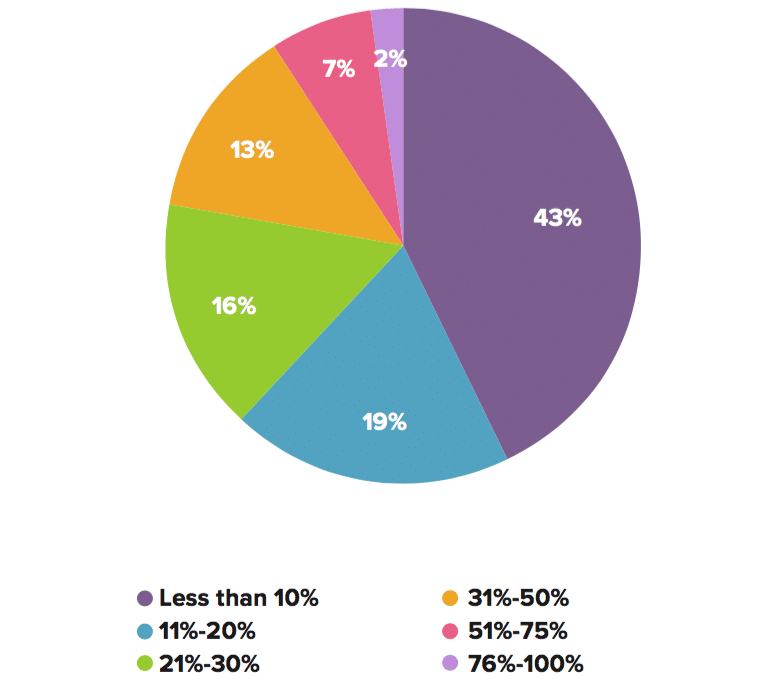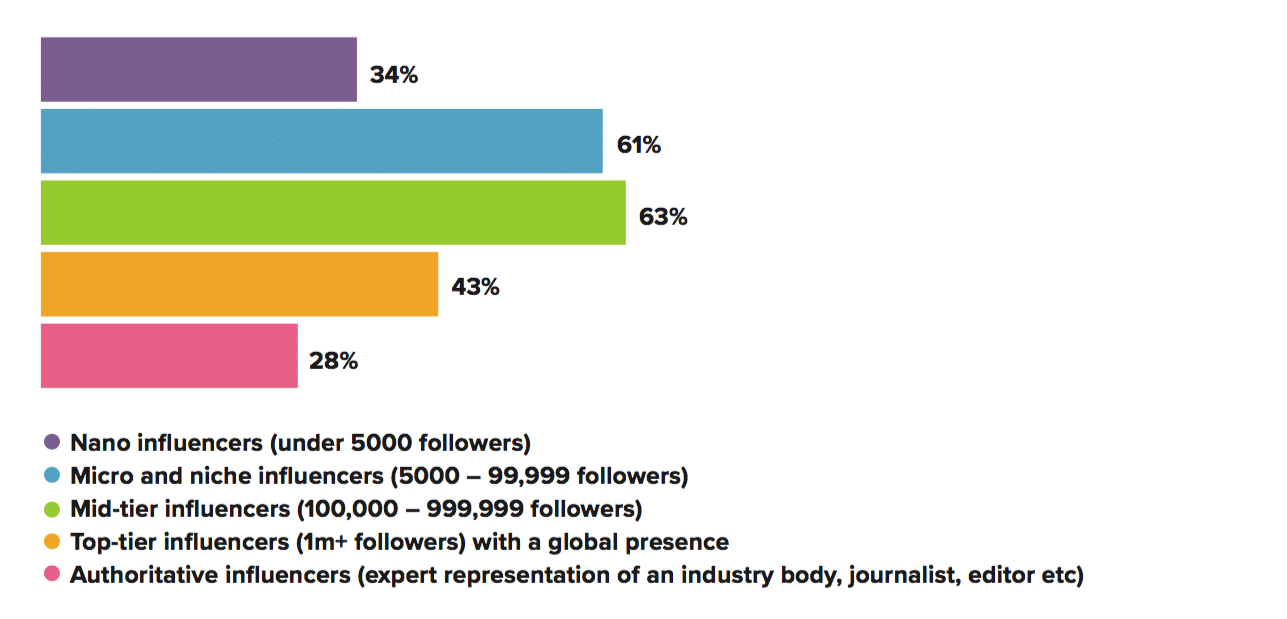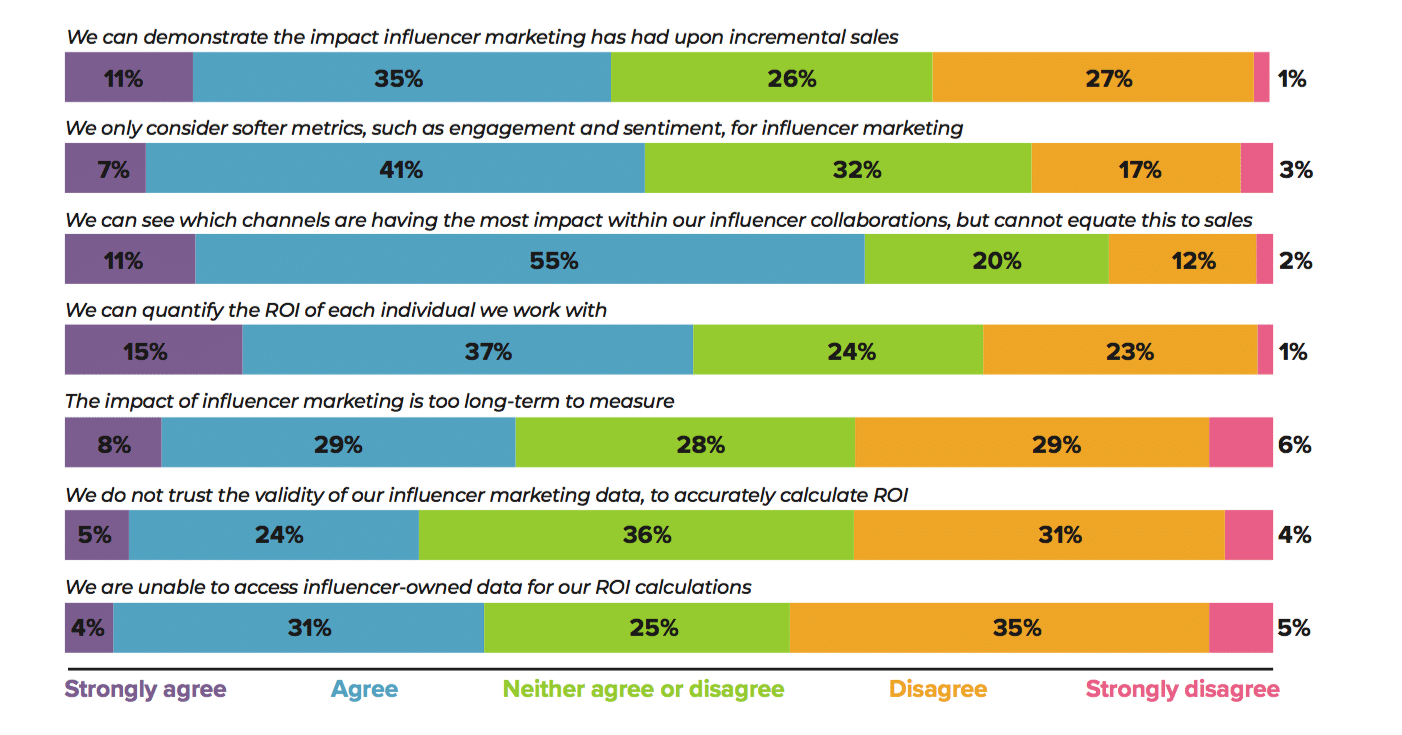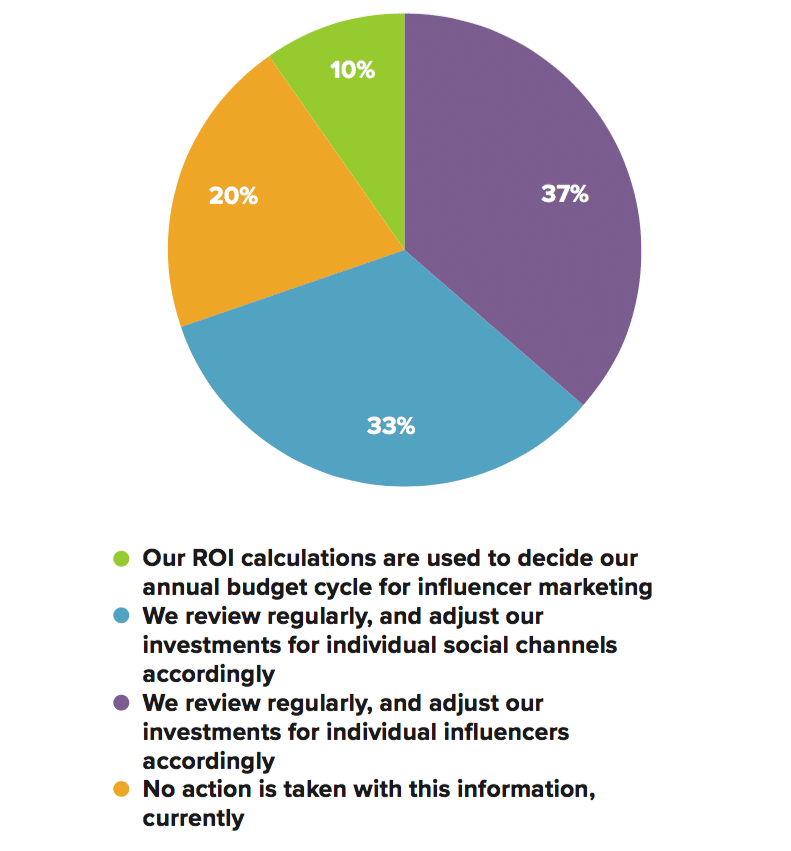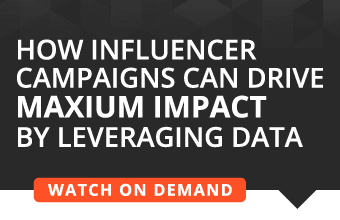Buoyed by accounts of trustworthy follower relationships and high return on investment, PR and marketing pros are increasingly turning to influencer marketing for their brands and clients, but many are operating purely on trust in the industry’s reliability without doing proper due diligence to see how well their high-priced campaigns are performing, according to new research from talent marketing platform Influencer Intelligence.
The firm’s latest survey-led report, Measuring the Effectiveness and ROI of Influencer Marketing, reveals that influencer marketing is commandeering increasingly higher percentages of budgets, yet many brands are not tracking its effectiveness and ROI accurately.
The report, containing feedback from 98 dedicated influencer marketing professionals, spotlights a 400+ percent increase in the number of marketers allocating over 50 percent of their budgets towards influencer marketing (an increase from 2 percent (late 2018) to 9 percent (late 2020)). Those spending less than 10 percent dropped significantly, from 53 percent to 43 percent, over the same period.
How long have you worked with influencers as part of your brand communications strategy?
It also showed that almost two thirds (63 percent) of marketers feel confident their influencer spend is effective, but 71 percent do not feel they are tracking ROI accurately, relying on likes, shares, comments (84 percent), site traffic (65 percent) and impressions (55 percent).
How many influencers do you work with as part of your influencer marketing strategy?
“Marketing budgets have suffered because of the pandemic and spend is being transferred online for smoother transactions and greater conversion following the uplift in ecommerce,” said Sarah Penny, content & research director at Influencer Intelligence, in a news release.
How much of your marketing communication budget is currently spent on influencer marketing?
“We’ve evolved in a relatively short period from exploring gifting in return for (the hope of) coverage, to this huge uplift in investment, driven by opportunity and brands integrating influencer marketing as a fully-fledged arm of their digital marketing operation. As we see more budget move to social and influencer marketing, we need to see increased accountability and a better understanding of ROI and, at the moment, there is a disconnect between the two.”
Looking at your influencer marketing strategy as a whole, which types of influencers have you worked with over the past 12 months?
“There are many barriers to understanding the ROI of influencer marketing, including the sheer volume of channel options, campaign types and metrics, which make it challenging to recognize and choose the right path in terms of objectives and measurement.”
How would you describe your organization’s ability to measure the impact of its influencer marketing investments, currently?
In response to clients requesting advice on understanding influencer marketing ROI, the firm has launched a new campaign measurement tool as part of their end-to-end influencer marketing solution, which helps marketers to take control of their influencer marketing campaigns, allowing them to measure KPIs, compare and contrast influencer performance and improve efficiency through impactful metrics.
How do your influencer marketing ROI calculations impact your future strategy and planning, if at all?


